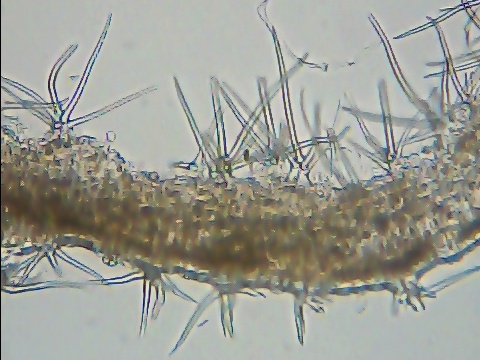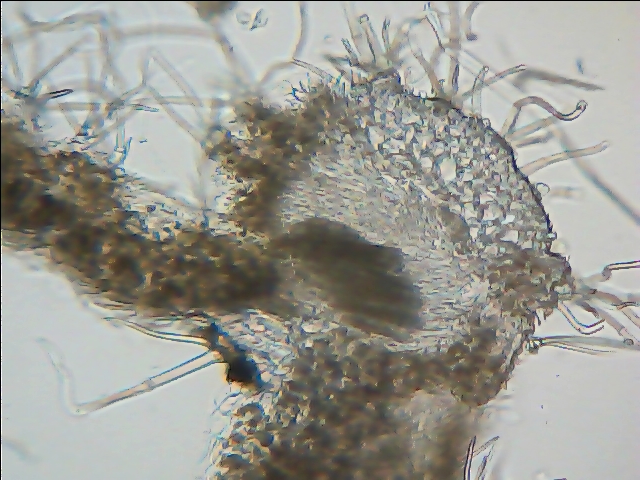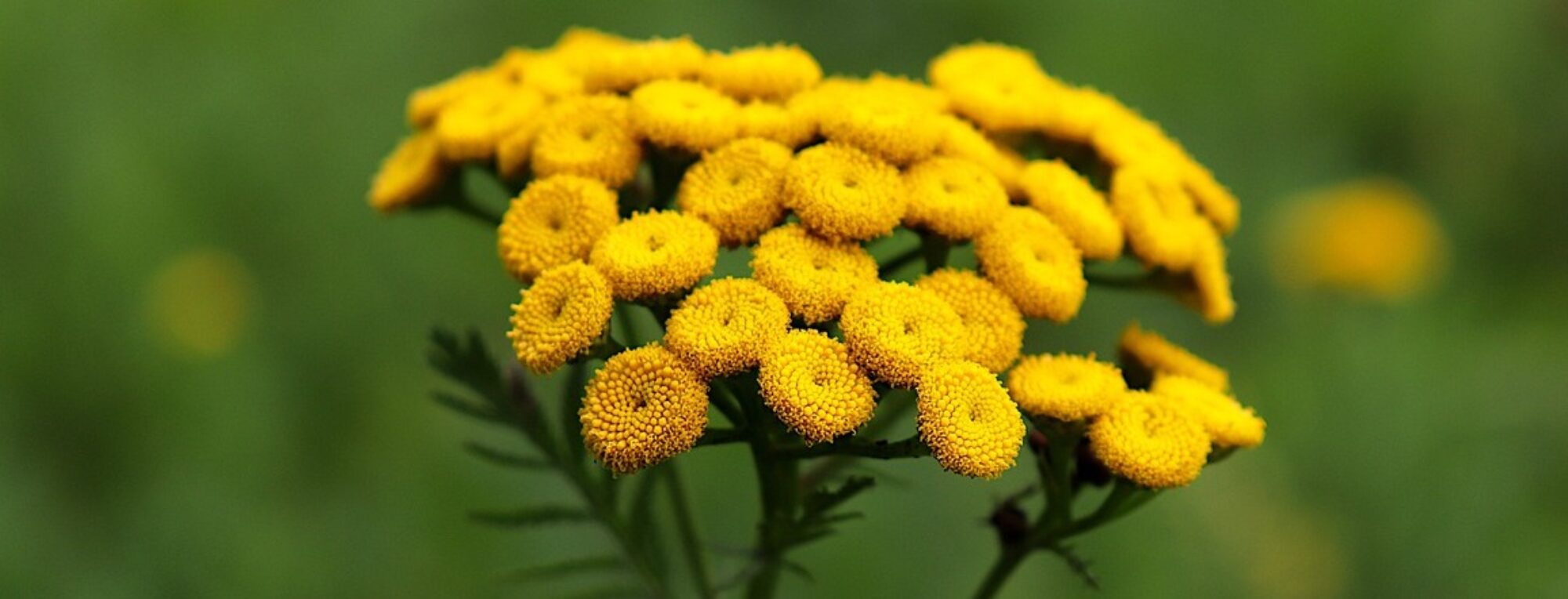
English name: White horehound
Family: Lamiaceae
Botanical characteristic: A perennial herb reaching a height of 50 cm. The stem is woody at the base, four-angled, and white-woolly. Opposite, grayish-green leaves are egg-shaped, wrinkled, and serrated. White flowers emerge in the leaf axils in whorls. The fruit is a dry multi-seeded divisible fruit (lat. Carcerulus).
Microscopic drawing:



Distribution: Originally originating from Southern Europe, it occurs from lowlands to high mountain areas. It is often found along roadsides and fences.
Drug: Marrubii herba
Harvesting method: The stalk is harvested during the flowering period from June to September using gardening scissors.
Drying: Drying common hawthorn is done naturally in thin layers in a dark room. Alternatively, artificial drying can be carried out at temperatures up to 35°C.
Active substances: The hot taste of the entire plant is attributed to bitter-tasting compounds, primarily marubin, with a dominance of bitterness. The remainder consists of tannins, organic acids, especially chlorogenic and caffeic acids. Flavonoids and essential oils make up the remaining substances.
Uses: With its bitterness, white horehound promotes the secretion of digestive juices, stimulates digestion and increases appetite.
Traditional method of use in indications determined solely on the basis of long-term use:
– expectorant in a productive cough related to a cold,
– symptomatic treatment of mild dyspeptic complaints, bloating and flatulence,
– supportive treatment for temporary loss of appetite.
Selected herbal preparations: AGROKARPATY COMMON HAWTHORN Herbal Tea 1×30 g, AGROKARPATY LIVER and Gallbladder Herbal Tea 20×2 g, Dr. Svatek HERBAL SYRUP FOR COUGHING 250 ml, HANUS SWEDISH DROPS gtt 100 ml, POTENTIAL Forte Chewable Tablet 1 pcs.
